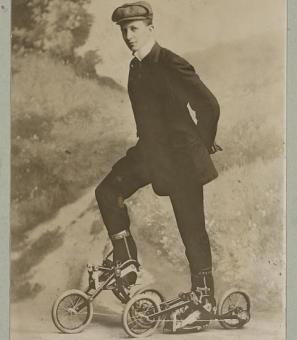Mary Custis Lee Challenges Streetcar Segregation
On the evening of June 13, 1902, Mary Custis Lee was arrested on an Alexandria streetcar for sitting in the section reserved for black patrons. As the daughter of Robert E. Lee, the General of the Confederate Army, the incident caused quite a stir within the community.
On her way to visit a friend, and being burdened with many large bags, Miss Lee chose to sit near the rear of the car in order to easily exit upon arriving at her destination. Shortly after she sat down the conductor Thomas Chauncey “explained the Virginia law on the subject, but being ignorant of the existence of the law herself, and also being loth [sic] to move her baggage, she protested.” At that time, Chauncey let her stay seated.[1]
At the next stop, a black man boarded the car. The conductor stated that Miss Lee “was occupying a seat to which he was entitled under the law” and asked her once again to move to the front section, which was reserved for whites. But, even after being threatened with arrest, Miss Lee refused to give up her seat.[2]
Upon exiting the streetcar a few stops later, she was met by two police officers who informed her she was under arrest. Officers Bettis and Sherwood escorted Miss Lee to the station. “In front of the police station, Miss Lee appeared calm, but was evidently concealing her embarrassment with great effort.” As other streetcar passengers and onlookers realized who she was, crowds began to form.[3]
Several “gray-haired men, many of whom had doubtless served under her father” protested against Miss Lee’s holding.[4] Confronted with the dilemma of arresting a woman of Miss Lee’s status, she was released under the condition that she appears for a court hearing the next day.
To The Evening Star, Miss Lee claimed “she knew nothing about the law requiring the separation of white and colored passengers.”[5] While it sounds like a classic excuse, this is at least somewhat plausible. The local government had only recently adopted streetcar segregation laws and it is likely that many were still adjusting to the new regulations, which were not common at the time. In fact, as of 1902, Alexandria and Fairfax were the only localities within Virginia which mandated that blacks and whites sit in separate areas of streetcars. Statewide segregation on rail lines wouldn't happen until 1906.[6]
But, is it possible that Mary Custis Lee's actions were driven by more than just ignorance of the law? Might she have been making a political statement in opposition to segregation?
Perhaps but that might be giving her too much credit. It seems that personal convenience may have been the bigger motivation for her actions. Mary Coulling’s biography The Lee Girls, hinted that Lee was argumentative with the conductor because the segregation law disrupted her usual travel routine with her black maid.[7]
In any case, the word of Miss Lee’s arrest spread quickly and some latched onto the idea that she was taking a stand for racial integration. As one man from Alberta, Canada wrote to her, “Please accept my thanks for your human action in breaking the color line.”[8]
Others, particularly in the North, used the incident to take aim at the growing Jim Crow culture taking root in the southern states. As the Cleveland Gazette commented, Miss Lee's arrest was “another fool exhibition of the assinine [sic] prejudice of ‘chivalrous’ southerners.”[9]
Footnotes
- ^ "Sat in Negroes' Seat: Daughter of Robert E. Lee Arrested on Electric Car." The Washington Post, pg. 2, June 14, 1902.
- ^ Ibid.
- ^ Ibid.
- ^ Ibid.
- ^ “Alexandria Affairs, Miss Lee’s Misunderstanding of State Law, Her Arrest Follows.” The Evening Star, June 14, 1902.
- ^ “Sequel to an Episode: Soldiers of South Want Jim Crow Measure Repealed.” The Washington Post, pg. 4, June 16, 1902.
- ^ Coulling, Mary P. The Lee Girls. Winston-Salem, NC: John F. Blair Publishers, 1987.
- ^ Carlson, Peter. "A Portrait in Letters." The Washington Post, sec. Arts & Living, July 12, 2007. http://www.washingtonpost.com/wp-dyn/content/article/2007/07/11/AR20070… (accessed June 13, 2013).
- ^ “Gen. Robert E. Lee’s Daughter Arrested.” Cleveland Gazette, Vol. 19, Issue 46, June 21, 1902.


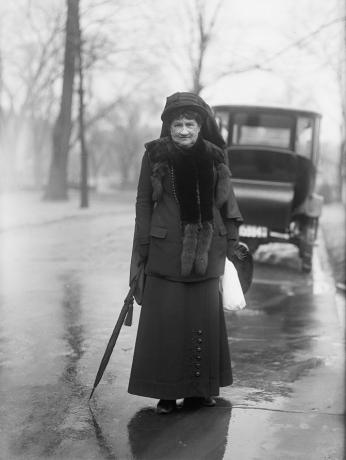
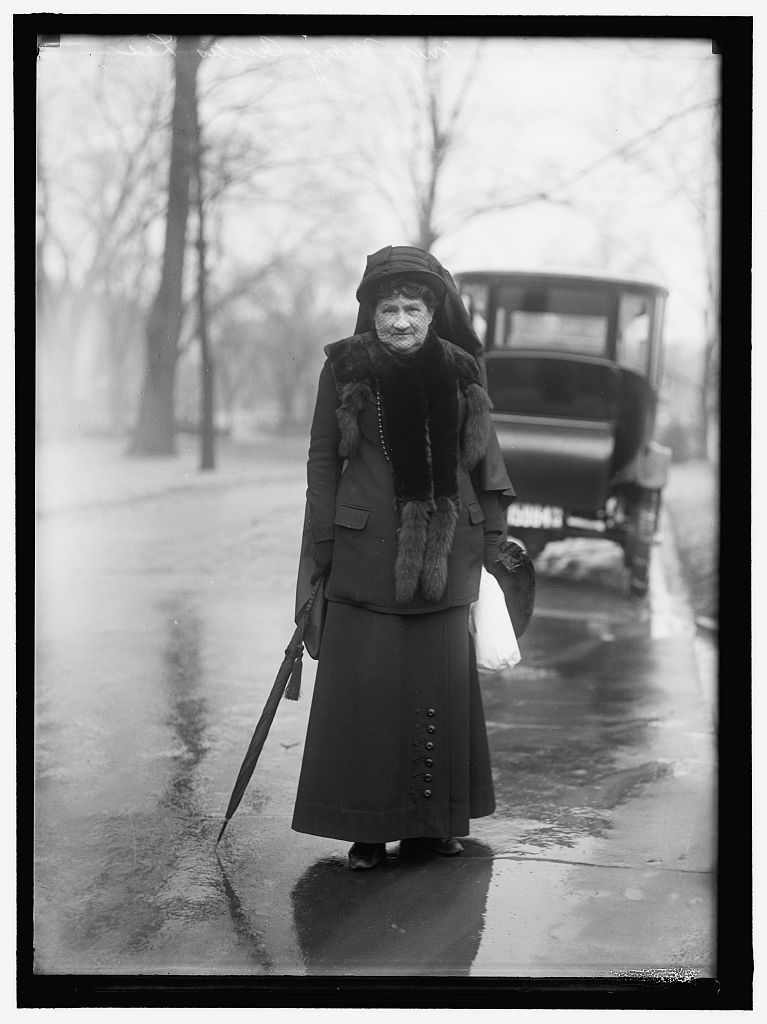
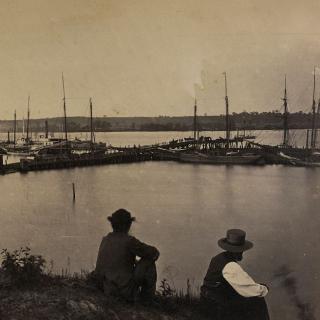
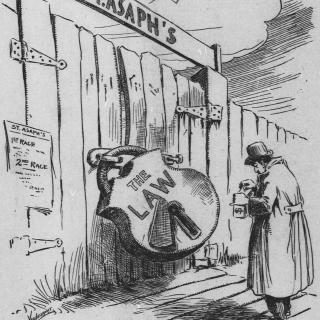
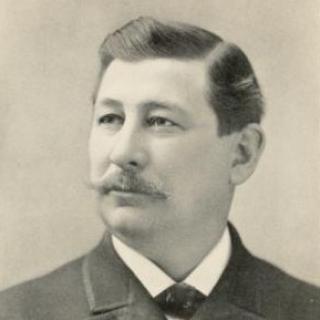
![Sketch of the mythical fuan by Pearson Scott Foresman. [Source: Wikipedia]](/sites/default/files/styles/crop_320x320/public/2023-10/Goatman_Wikipedia_Faun_2_%28PSF%29.png?h=64a074ff&itok=C9Qh-PE1)











